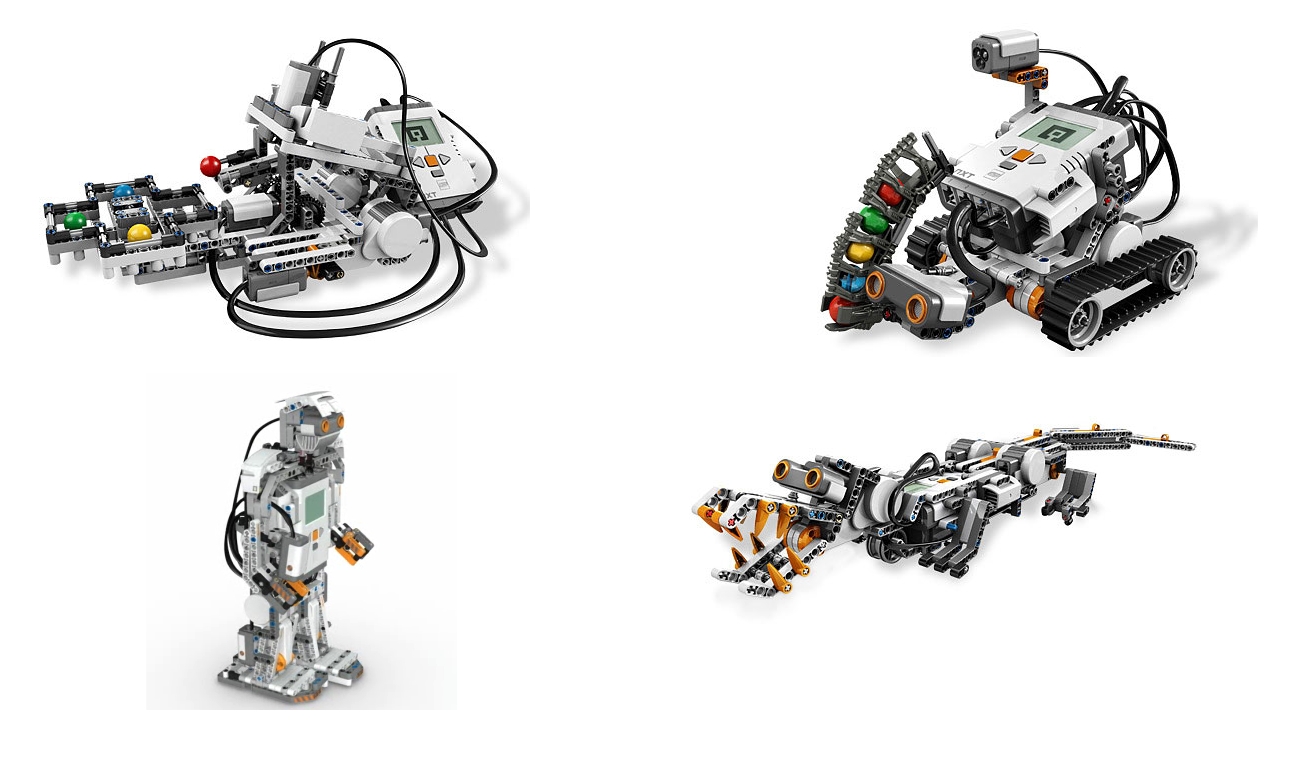So, I started working on a robot for my behavior based studies, and what I've come up with is something that will also (hopefully) let me incorporate my NXTCam v3. Here is what it looks like in LDD:

I couldn't quite get the effectors on because the axle is at the wrong angle, but you can tell where they go. And the wire is left there for the NXTCam.
The under-actuated mechanism is to pick up black objects on the floor, I hope, using the NXTCam to track the object. I didn't build the holder for those objects, but I know that won't be too hard.
I also forgot to mention in my last post about the new NXT ROS I found. Only fully supported on Ubuntu, the NXT ROS is the same sort of ROS they use for industrial robots. Except here, it can do it all on the NXT. I made the LDD because you can also transfer LDD files to the ROS 3-D software and virtualize it, so the robot actually moves with the commands on the computer. Neat, huh?
Unfortunately, my laptop with Ubuntu on it is only 9.04 and can't actually handle the 10.04 upgrade. And for some reason, my laptop cannot locate the brick. They say there is an issue with my configuration files, but I just can't figure it out. That will be my main hangup for now, until I get time to build my actual model.



